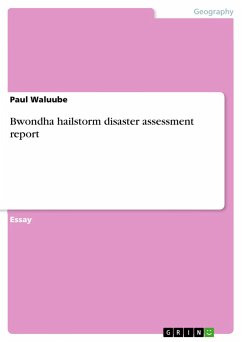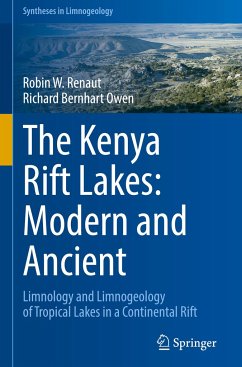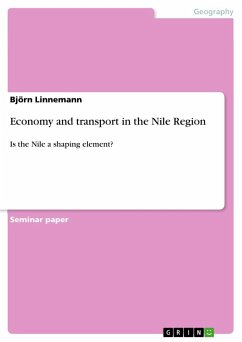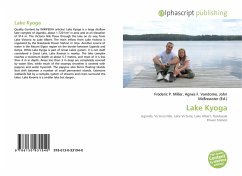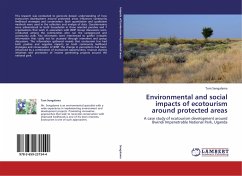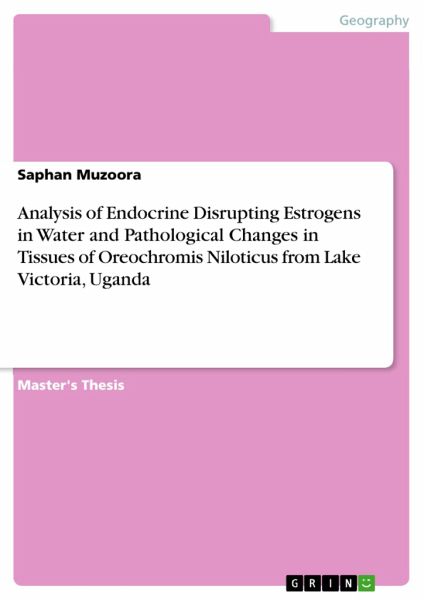
Analysis of Endocrine Disrupting Estrogens in Water and Pathological Changes in Tissues of Oreochromis Niloticus from Lake Victoria, Uganda
Versandkostenfrei!
Versandfertig in 1-2 Wochen
47,95 €
inkl. MwSt.

PAYBACK Punkte
0 °P sammeln!
Master's Thesis from the year 2013 in the subject Geography / Earth Science - Physical Geography, Geomorphology, Environmental Studies, grade: 65, Makerere University, language: English, abstract: In this study, selected water quality parameters, concentrations of natural estrogenic steroids; estrone (E1), and 17beta-estradiol (E2) and a synthetic steroid; 17 -ethynylestradiol (EE2) as well as total estrogens in 33 water samples from the Napoleon Gulf of Lake Victoria, Uganda and 3 comparative water samples from Lubigi channel, Kampala, in the month of May, 2013 were determined. The water samp...
Master's Thesis from the year 2013 in the subject Geography / Earth Science - Physical Geography, Geomorphology, Environmental Studies, grade: 65, Makerere University, language: English, abstract: In this study, selected water quality parameters, concentrations of natural estrogenic steroids; estrone (E1), and 17beta-estradiol (E2) and a synthetic steroid; 17 -ethynylestradiol (EE2) as well as total estrogens in 33 water samples from the Napoleon Gulf of Lake Victoria, Uganda and 3 comparative water samples from Lubigi channel, Kampala, in the month of May, 2013 were determined. The water samples were subjected to C18 solid phase extraction before analysis. In addition, biological endpoints such as gonadosomatic index (GSI), hepatosomatic index (HSI), and histopathological changes were assessed in an attempt to investigate the overall health and production performance of Oreochromis niloticus caught from Napoleon Gulf.Lake Victoria is the world's second largest fresh water body in surface area covering 68800 km2 and is second only to Lake Superior in North America. The lake basin supports about 30 million people in the five countries of Kenya, Uganda, Tanzania, Burundi, and Rwanda and is the source of River Nile. The lake together with the River Nile is a resource of great socio-economic potential to over 160 million people living in various countries including Uganda, Tanzania, Egypt, Sudan, Ethiopia, Eritrea, Kenya, Rwanda, Democratic Republic of Congo and Burundi. However, a rapid increase in human population around the lake catchment area has had far-fetching impacts on the dynamics of the lake water resources. In the past few decades, increased discharges of poorly treated municipal wastes into the lake has been reported.This study aims to test the water of Lake Victoria for possible pollution, draws conclusions and gives recommendations.



